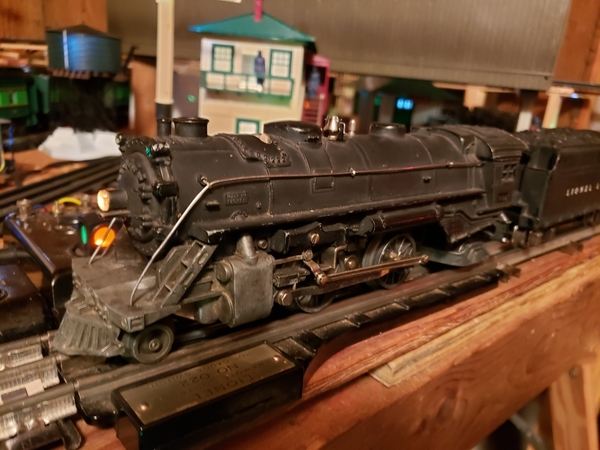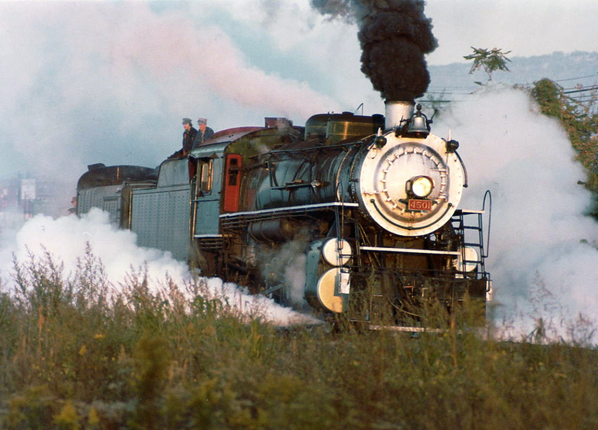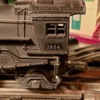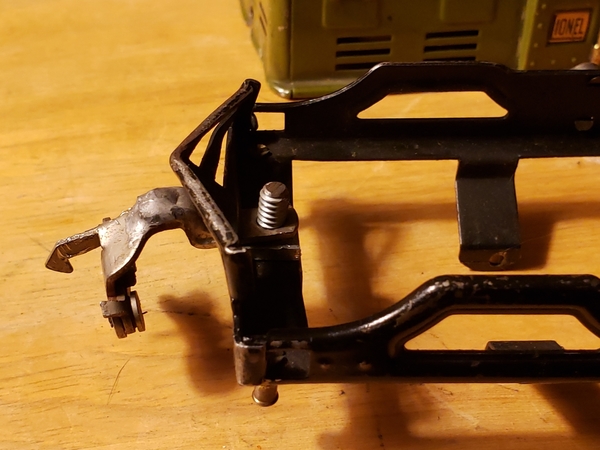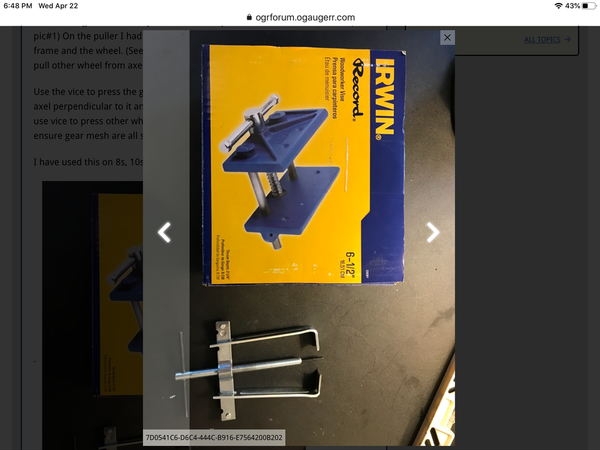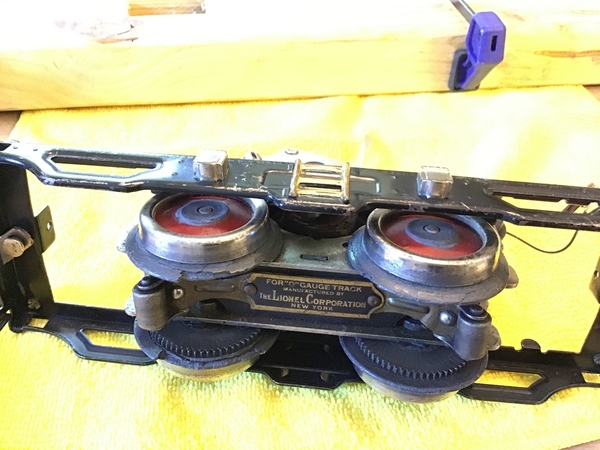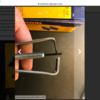Mr. Greenberg did not include the answer to my conundrum. I hope you can. Why does my 1664 locomotive not like my Lionel O22 switches? Regardless of speed, it often goes into neutral on my switches. Then it will only nudge forward or reverse before going into neutral again. I want to use the 1664. No just admire it on the big shelf.
Question #2. Are the center rail contacts replaceable?
Question #3. Would it be better to install a motor from a 229 O gauge, assuming I could find one?
and finally - Question #4. The coupler on my #2657 caboose is higher than all my other prewar stuff. Is there an easy answer that will get it in my prewar consist?




